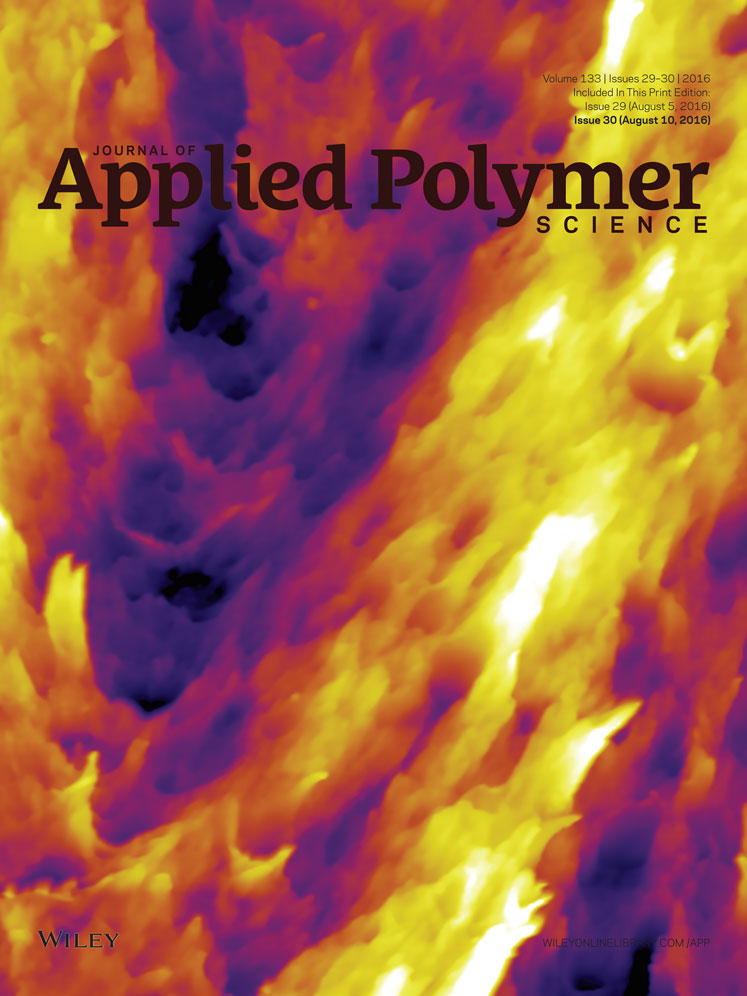Investigation on the effect of spinning conditions on the properties of hollow fiber membrane for hemodialysis application
ABSTRACT
Polyethersulfone (PES) hollow fiber membranes were fabricated via the dry-wet phase inversion spinning technique, aiming to produce an asymmetric, micro porous ultrafiltration hollow-fiber specifically for hemodialysis membrane. The objective of this study is to investigate the effect of spinning conditions on the morphological and permeation properties of the fabricated membrane. Among the parameters that were studied in this work are air gap distance, dope extrusion rate, bore fluid flow rate, and the take-up speed. The contact angle was measured to determine the hydrophilicity of the fibers. Membrane with sufficient hydrophilicity properties is desired for hemodialysis application to avoid fouling and increase its biocompatibility. The influences of the hollow fiber's morphology (i.e., diameter and wall thickness) on the performance of the membranes were evaluated by pure water flux and BSA rejection. The experimental results showed that the dope extrusion rate to bore fluid flow rate ratio should be maintained at 1:1 ratio to produce a perfectly rounded asymmetric hollow fiber membrane. Moreover, the flux of the hollow fiber spun at higher air gap distance had better flux than the one spun at lower air gap distance. Furthermore, spinning asymmetric hollow fiber membranes at high air gap distance helps to produce a thin and porous skin layer, leading to a better flux but a relatively low percentage of rejection for BSA separation. Findings from this study would serve as primary data which will be a useful guide for fabricating a high performance hemodialysis hollow fiber membrane. © 2016 Wiley Periodicals, Inc. J. Appl. Polym. Sci. 2016, 133, 43633.




